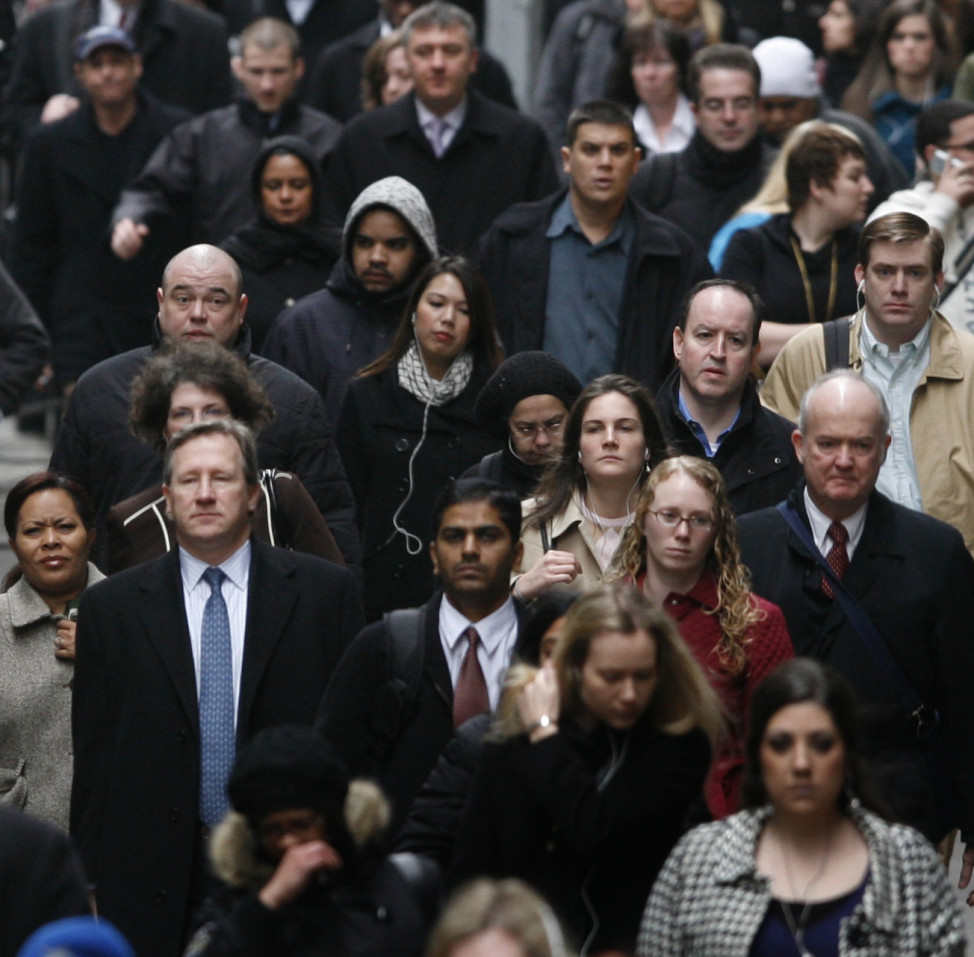
In this file photo, people walk to work on Wall Street in New York. (AP Photo)
New information released by the U.S. Census Bureau suggests minorities will become the majority in the United States within a generation, possibly sooner than had previously been expected.
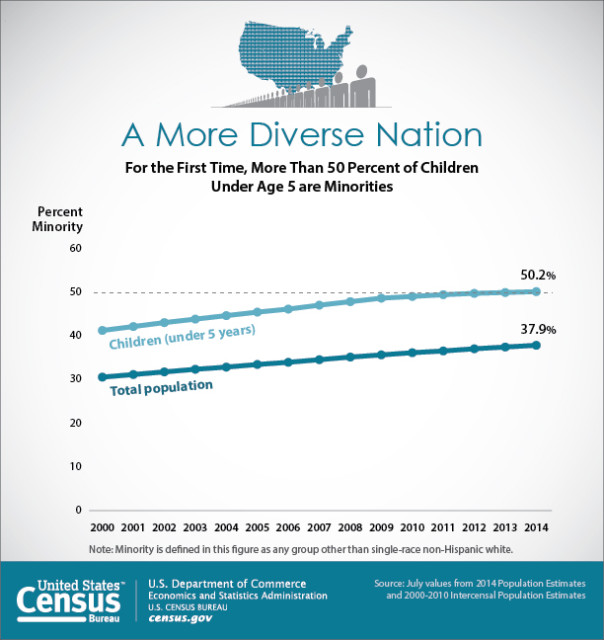 “What stands out is the aging of the white population,” said demographer William Frey of the Brookings Institute and author of Diversity Explosion. “There’s a white loss of young people in 46 states, and in 84 of the 100 largest metropolitan areas…It’s rather startling.”
“What stands out is the aging of the white population,” said demographer William Frey of the Brookings Institute and author of Diversity Explosion. “There’s a white loss of young people in 46 states, and in 84 of the 100 largest metropolitan areas…It’s rather startling.”
More than half of the children under five in the U.S. — 50.2 percent — are minorities. At the same time, deaths among white people are outpacing their births, according to the data from July 2014. The median age of white people in America is currently 43 years old.
“Reflecting these younger age groups, the population as a whole has become more racially and ethnically diverse in just the last decade, with the percentage minority climbing from 32.9 percent in 2004 to 37.9 percent in 2014,” the Census Bureau said as it released the results.
The report also shows that Millennials — people born between1982 and 2000 — are a force to be reckoned with. They now outnumber Baby Boomers, who were born between 1946 and 1964. There are 83.1 million Millennials — who are now between the ages of 15 and 33 — as compared to 75.4 Baby Boomers, who are 51 to 69 years old.
The Millennials are a diverse group, with 44.2 percent belonging to a minority race or ethnic group. While the Baby Boomers have made their mark, it might be too soon to discern what kind of impact this younger group will have on the nation’s future.
“I think the issue is, ‘Are they going to be as cohesive as a group with their tastes and in terms of how they impact society?’,” Frey said. “We’ll see how that plays out. So the number looks big. What’s under that number, I think we still will have to look at over time and see how distinct they are as a generation.”
There are five U.S. states or equivalents where minorities are already the majority: Hawaii, the District of Columbia, California, New Mexico and Texas. The state of Nevada, where minorities make up 48.5 percent of the population, is also close to crossing the threshold.
“The white population is still growing but not very rapidly,” Frey said. “The fact that we’ve already now had three years in a row of more white deaths than we have white births suggests to me that the white population will decline in numbers probably before 2026.”
The overall population of the United States includes 197.9 million non-Hispanic white people, 55.4 million Hispanic people, 45.7 million black people, 20.3 million Asian people, 6.5 million American Indians and 1.5 million Hawaiians and other Pacific islanders.
And that diversity is expected to continue to grow.
“This is a bonus for us because if we only had our aging white, and somewhat aging black population in the United States, we would become older, we would become less robust, less prosperous as an economy,” Frey said. “But now we have the opportunity with these younger diverse minority populations to prepare them to continue to make our country prosperous.”


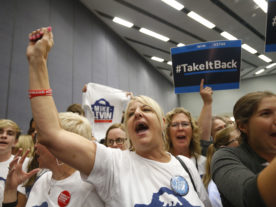


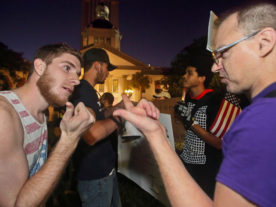


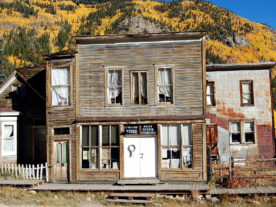
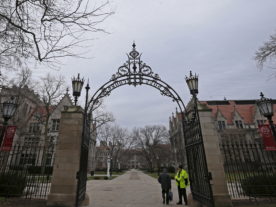
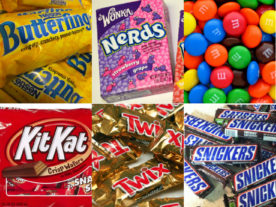






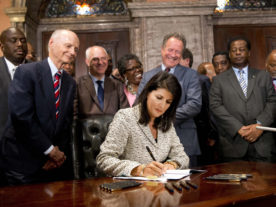




“The fact that we’ve already now had three years in a row of more white deaths than we have white births suggests to me that the white population will decline in numbers probably before 2026.”
Why is this happening? Is this because white males and females are not marrying and not having children, or because of emigration from the US?
If they are not marrying and having children then why?
If couples marry and have children it is because they have faith in the future, yet not in the US, why?
Then there is emigration from the US, which this article does not address.
The US does not maintain emigration data for Americans because of the sensitivity of the issue.
Certainly one attraction why Americans would leave the US for Germany is because of better educational opportunities in Germany given its English based tuition free university system with the German intent to retain these American graduates to enhance its economy.
The tidal is an, Oxymoron.
The facts presented in this report are questionable. The emigration of white Americans are not large enough to justify the reduction in the population.
Similarly, to say that white Americans believe more in Germany’s future than in the America’s is unfounded. I love both countries, but the possibility of a white worker thrive in America is much higher than in Germany, where the barriers start in the language.
In my opinion the declining of the world’s white population is simple. The richness of white people gives them more leisure options, without obligation to procreate. The white population can afford to simply enjoy life. Is there anything better than this?
No.